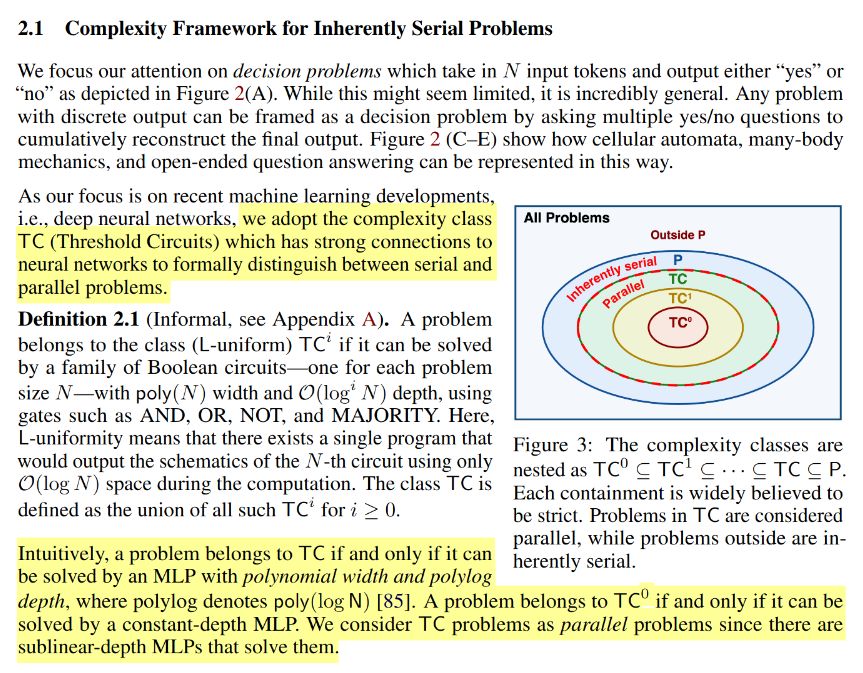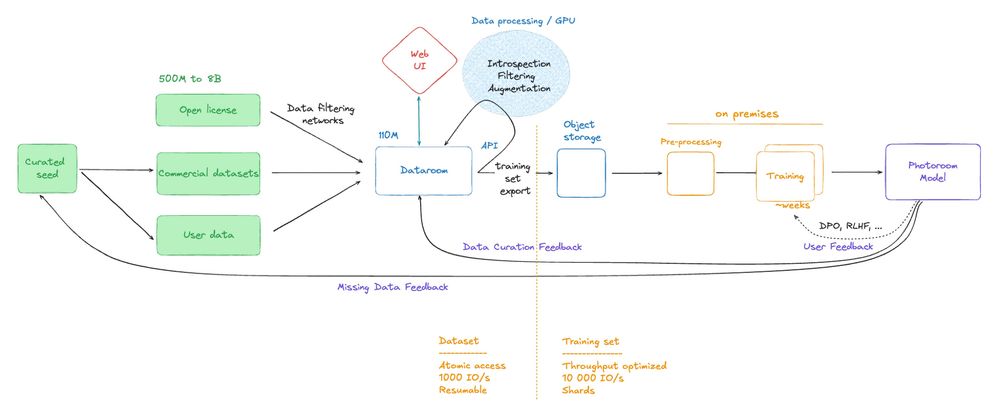




- not all solutions will require serial computations, even for something outside of TC0
- approximations can fall pretty close, and oftentimes we don´t expect anything much better than an approximation


- not all solutions will require serial computations, even for something outside of TC0
- approximations can fall pretty close, and oftentimes we don´t expect anything much better than an approximation









Note that there's a interesting operating mode attached to being able to self-assess: generate multiple options then pick the better one (self-monte carlo ?)


Note that there's a interesting operating mode attached to being able to self-assess: generate multiple options then pick the better one (self-monte carlo ?)


The paper runs pretty deep, besides the initial handwave which is nice and intuitive (model essentially predicts a step, not final distribution)


The paper runs pretty deep, besides the initial handwave which is nice and intuitive (model essentially predicts a step, not final distribution)















